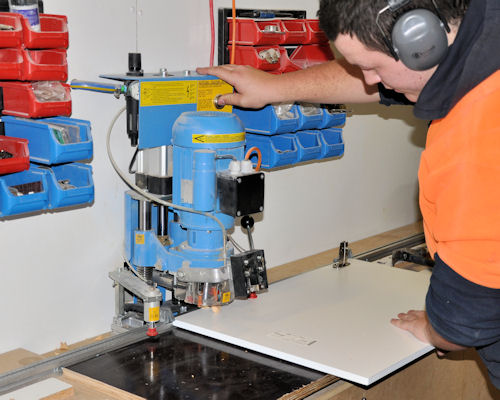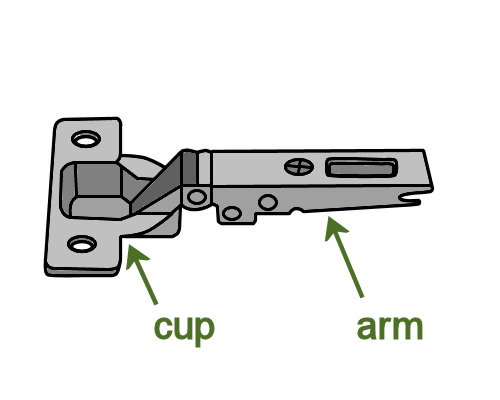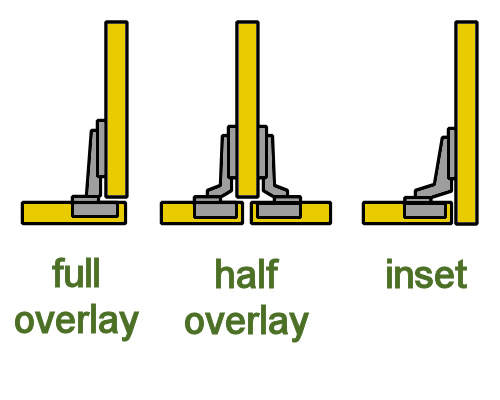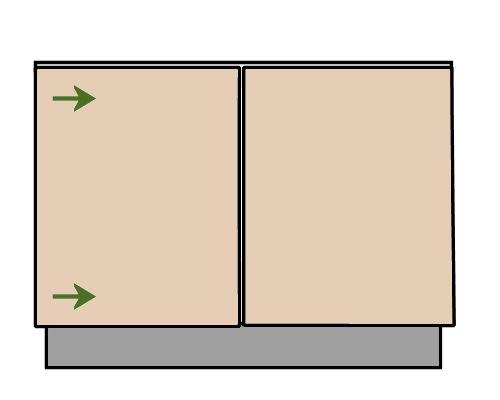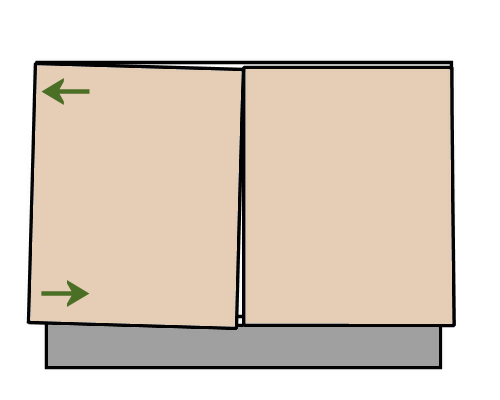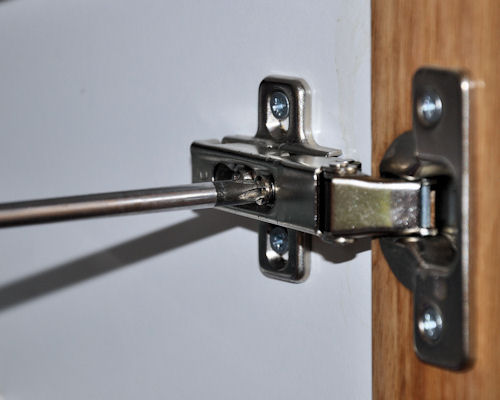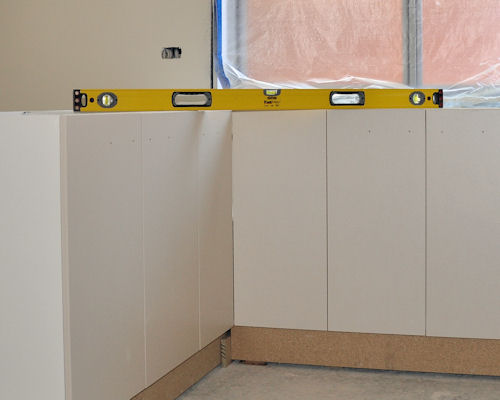Doors
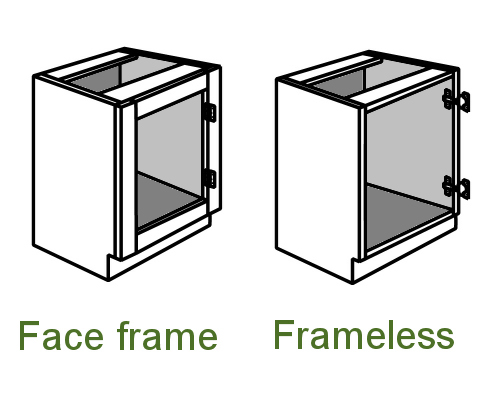 Audio for slide 2 (mp3 |6|KB)
Audio for slide 2 (mp3 |6|KB)
If you need to refresh your memory on these two construction methods, go back to the unit: Processes in kitchen and bathroom projects.

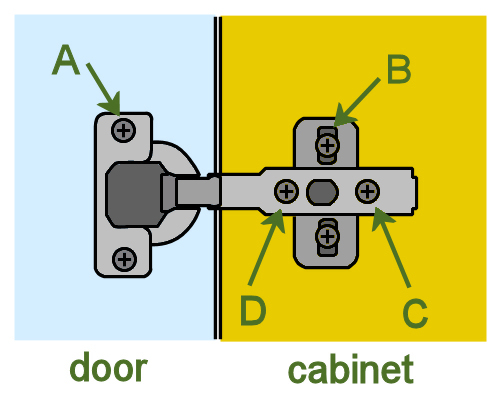 Audio for slide 5 (mp3 |6|KB)
Audio for slide 5 (mp3 |6|KB)
Adjusting the door
This drawing shows a typical concealed hinge with the door in an open position. The functions of the screws are as follows:
A: fixed door screws - used to permanently fix the hinge cup to the door.
B: adjustable cabinet screws - fixes the mounting block to the inside of the cabinet, and allows the doors to be adjusted vertically (up and down).
C: locking screw - used to lock the arm in place once any sideways adjustments have been made (note that it needs to be loosened before screw D can be turned)
D: adjusting screw - used to adjust the door horizontally (from side to side).

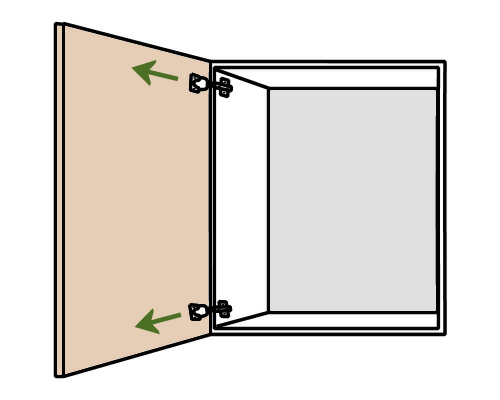 Audio for slide 8 (mp3 |6|KB)
Audio for slide 8 (mp3 |6|KB)
Retighten the screws and check to see whether it has fixed the bind.
Note that the gap only needs to be 1 mm between the door and the cabinet.

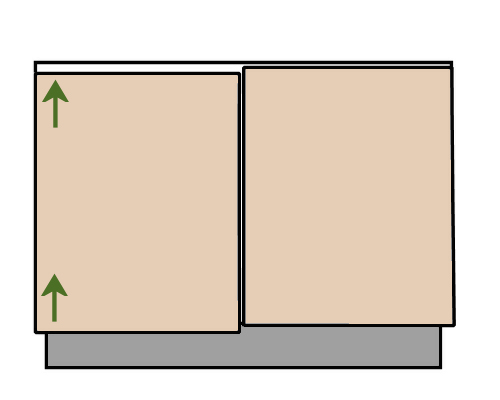 Audio for slide 9 (mp3 |6|KB)
Audio for slide 9 (mp3 |6|KB)
In most cases, the cabinet door should be flush with the bottom of the cabinet and down about 4 mm from the top.
This will provide clearance between the top of the door and the bench top.
The door should also line up with the doors or drawers either side of it.

Learning activity
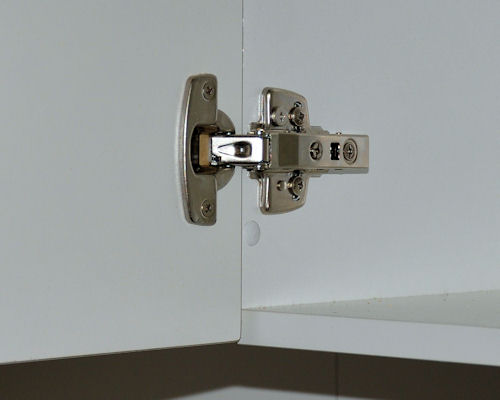 Audio for slide 12 (mp3 |6|KB)
Audio for slide 12 (mp3 |6|KB)
What are the main hinge types that you use in your cabinets? List the three most common hinges and their manufacturer.
Choose the hinge that is most different from the concealed hinge described above, and briefly explain how you adjust the gap between doors. Share your answer with your trainer and other learners in your group. You may wish to take digital photos to help with your explanations.



